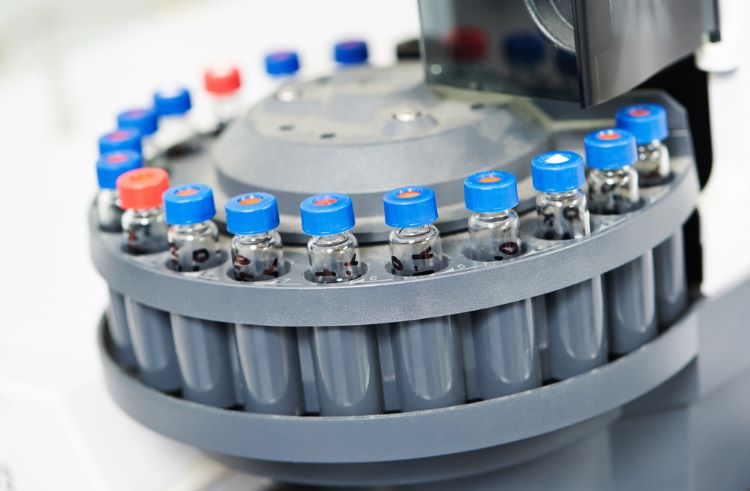Ph. Eur. adopts revised general monographs after adding paragraph on N-nitrosamines
Adoption of revised general monographs 2034 and 2619 comes after inclusion of a new paragraph approaching N-nitrosamine impurities.
The European Pharmacopoeia (Ph. Eur.) Commission (EPC) adopted the revised general monographs 2034 and 2619, at its 174th session in November 2022, which now includes a paragraph explaining the Ph. Eur. approach to the control of N-nitrosamine impurities.
A paragraph on N-nitrosamines has been added to Substances for pharmaceutical use (2034) under ‘Production’:
“N-Nitrosamines. As many N-nitrosamines are classified as probable human carcinogens, manufacturers of active substances for human use are expected to evaluate the potential risk of N-nitrosamine formation and contamination occurring throughout their manufacturing process and during storage. If the risk is confirmed, manufacturers should mitigate as much as possible the presence of N-nitrosamines – for example by modifying the manufacturing process – and a control strategy should be implemented to detect and control these impurities. General chapter 2.5.42 N-Nitrosamines in active substances is available to assist manufacturers.”
A similar paragraph on N-nitrosamines has been added to the same section in Pharmaceutical preparations (2619):
“N-Nitrosamines. As many N-nitrosamines are classified as probable human carcinogens, manufacturers of medicinal products, except products for veterinary use only and unlicensed pharmaceutical preparations, are expected to evaluate the potential risk of N-nitrosamine formation and contamination occurring throughout their manufacturing process and throughout their shelf-life, according to the requirements of the relevant competent authorities. If the risk is confirmed, manufacturers should mitigate as much as possible the presence of N-nitrosamines – for example by modifying the manufacturing process – and a control strategy must be implemented to detect and control these impurities. General chapter 2.5.42. N-Nitrosamines in active substances is available to assist manufacturers.”
According to the European Pharmacopoeia Commission, the approach was defined based on:
- Comments received during the last round of public consultation in Pharmeuropa
- Recent feedback from Heads of Medicines Agency (HMA), and European Medicines Agency (EMA), groups and from the national competent authorities of non-EU Ph. Eur. Member States.
The revised monographs will be published in Ph. Eur. Supplement 11.3 and implemented from January 2024.
The Commission stated it will begin reflecting on how to address the issue of nitrosamine control in individual monographs.
European Pharmacopoeia Commission’s November 2022 session highlights:
- Approval of the Ph. Eur. Priorities for 2022-2025
- Appointment of 886 experts from Ph. Eur. and non-Ph. Eur. States, as well as 50 chairs of groups of experts or working parties. These included 40 experts appointed by the EPC to join the newly created Working Party on mRNA vaccines, following a call for experts issued in the summer of 2022
- Creation of a new working party for High throughput sequencing (HTS WP)
- Approval of the Guide on the declassification of documents pertaining to the work of the Ph. Eur.










